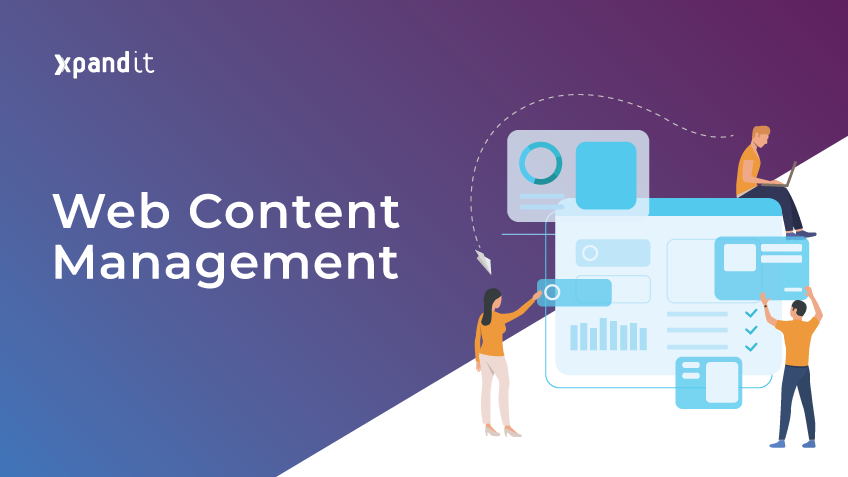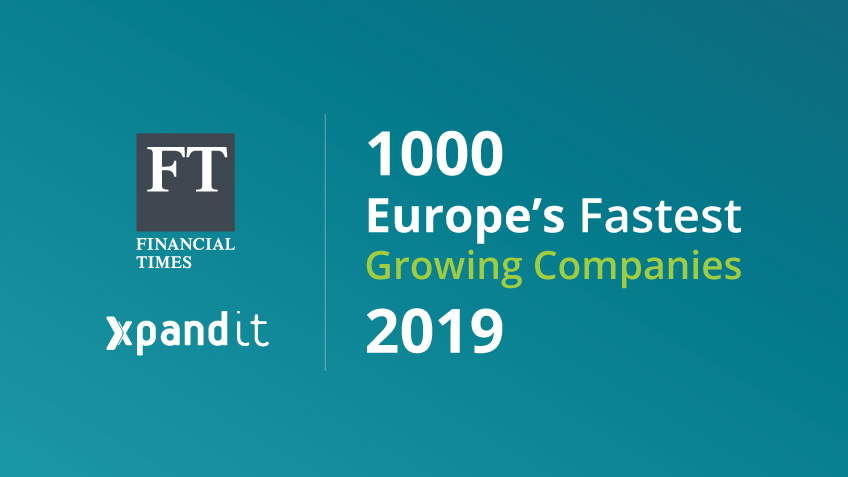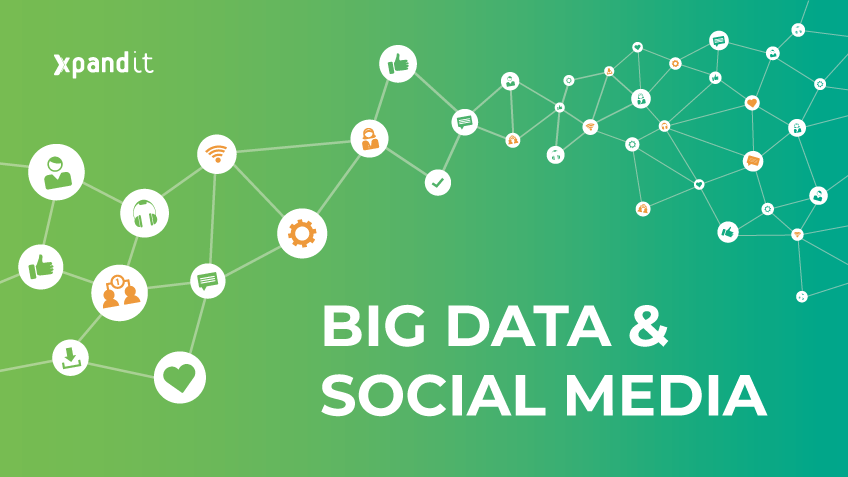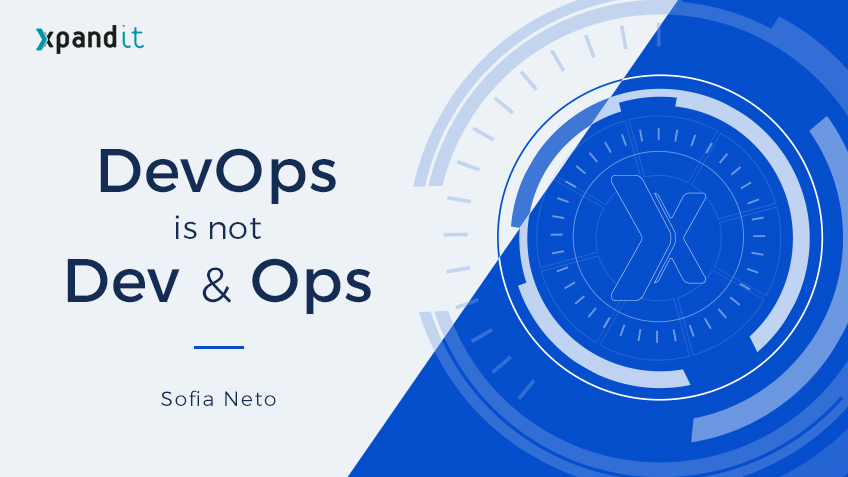Implementing a business intelligence model requires more than just gathering data; overall, it’s really about converting big data and valuable insights to add value to the business. However, if there’s no model available that allows you to analyse and understand this incoming data, all you’ll get is meaningless numbers with no added value.
In order to perform a correct data analysis, it is necessary to understand that there’s no unique valid method of analysis; the process depends on needs and requirements and the type of data collected in order to determine the most suitable analysis methodology.
However, there are some methods common to most advanced analytics that are capable of turning data into added valu, even when there aren’t established business rules, transforming data agglomerates into relevant insights, beneficial to the business and enabling well-founded decision-making.
Quantitative data and qualitative data
Before covering the various methods, let’s identify the precise type of data you want to analyse. For quantitative data, the focus is on raw number quantity, as the name suggests. Examples of this type of data include sales figures, marketing data, payroll data, revenue and expenses, etc. Basically, all the figures that are quantifiable and objectively measured.
Qualitative data, on the other hand, is fundamentally harder to interpret, considering its lack of structure, more subjective and of an interpretive nature. At this end of the spectrum you can find examples such as collected information from surveys or polls, employee interviews, customer satisfaction questionnaires and so on.
Measuring quantitative data
Looking at the analysis of quantitative data, there are four methods capable of taking that very same analysis to the next level.
- Regression analysis
The choice of the best type of statistics will always depend on the main goal of the research.
Regression analysis is capable of modelling the correlation between a dependent variable and one or more independent variables. In data mining, this technique is implemented to predict values on a particular dataset. For example, it can be used to foresee the price of a certain product, while considering other variables. It can also be useful to identify trends and correlations between different factors.
Regression is one of the commonest methods of data analysis in the market for management purposes, marketing planning, financial forecast and much more.
- Hypothesis testing/significance testing
This method, also called “T-testing”, is capable of determining if a certain premise is true for the relevant dataset. In data analysis and statistics, only a statistically significant result would be considered from a certain hypothesis, resultant of a non-random occurrence. This procedure makes predictions regarding a certain quantity of interests present in a certain population, from a studied sample, using the theory of probability.
- Monte Carlo simulation
One of the most popular methods for calculating the effect of unpredictable variables from a specific factor involves Monte Carlo simulations, using probability modelling to defend against risk and uncertainty. To test a scenario or hypothesis, this simulation uses random numbers and data to simulate a variety of possible outcomes. This tool is frequently used for project management, finance, engineering and logistics, amongst other areas. By testing a wide variety of hypothesis, it is possible do discover how a series of random variables can affect plans and projects.
- Artificial neural networks
This computational model replicates the human central nervous system (in this case, the brain), allowing the machine to learn by observing data (so-called ‘machine learning’). This type of information processing replicates the neural networks, using a model of biological inspiration to process information and learn through analysis, simultaneously performing predictions. In this model, the algorithms are based on sample inputs, while applying inductive reasoning – extracting rules and patterns from large sets of data.





















